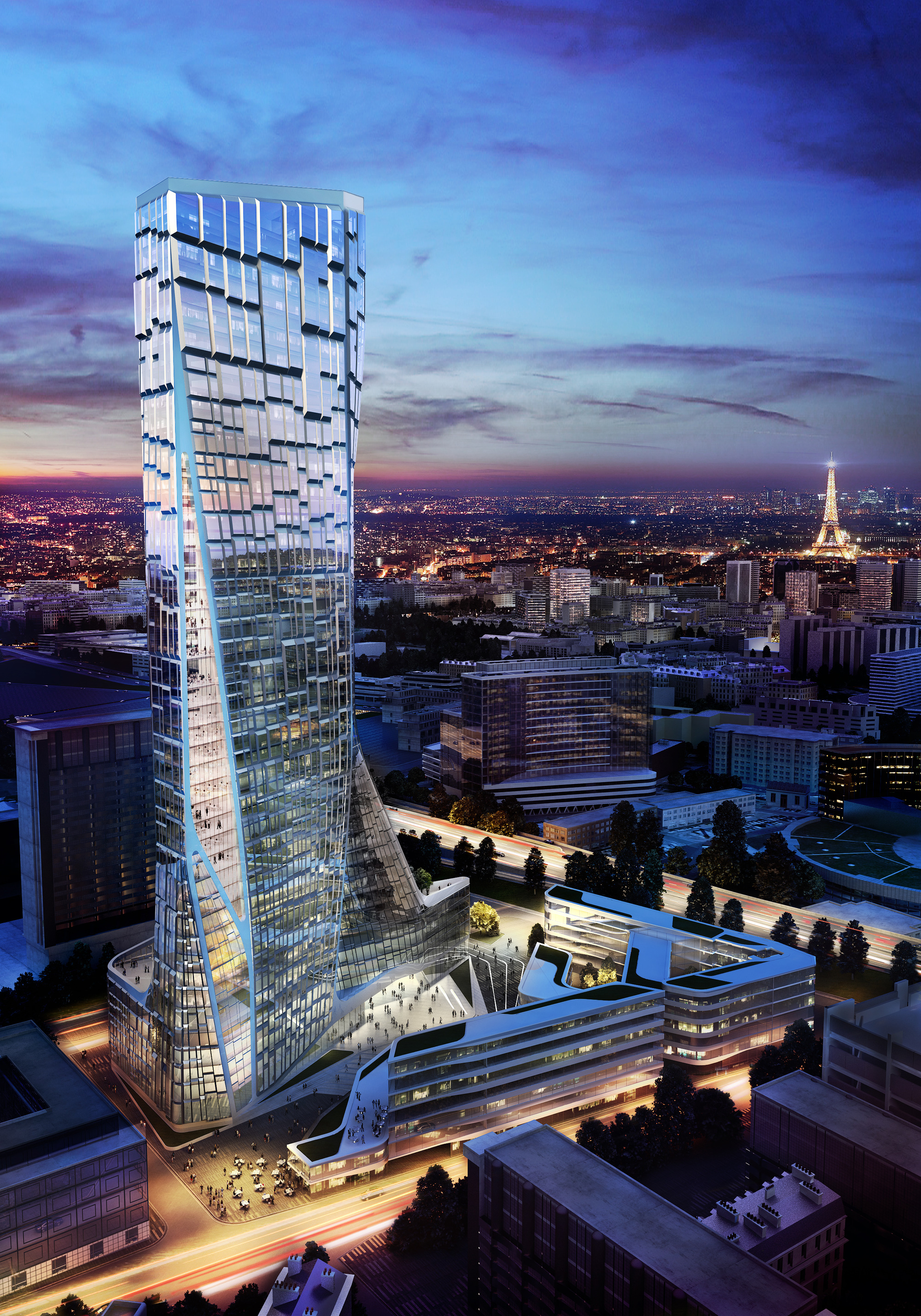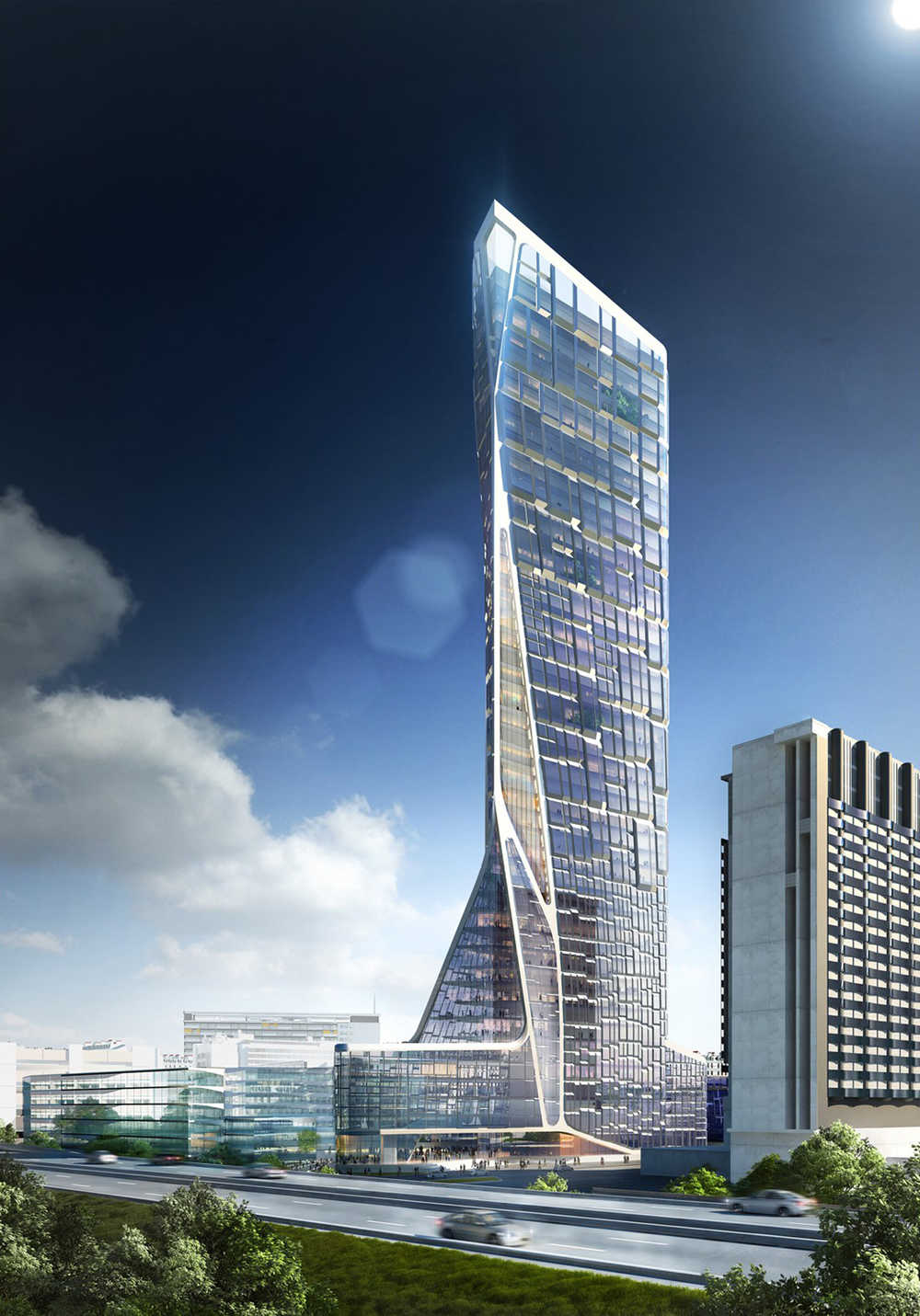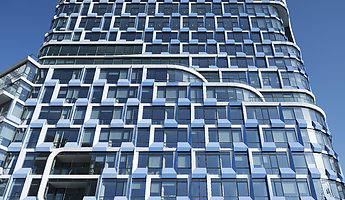

Study: Active and Passive Circle
The active and passive circle enables a sustainable mind set for all UNStudio teams from an early phase on in order to ensure that the correct choices are made, and that our high attainability standards remain an integral part of the design process. While the design develops, the passive and active circle grows.
Passive design tools are seen as the starting point of sustainability. They have the biggest impact on the environmental benefit and are financially efficient. Enhancing our passive design tools offers opportunities for formal pioneering, but also for research innovation in the even most practical aspects of passive tools. This starts with the basic design elements of a building: natural light impact, orientation of the building, open and closed facade strategies, glazing strategy and related programme orientation, natural ventilation and air tightness. The aspects of heat and daylight intake are seen as key parameters when formulating facade systems, leading the way to discoveries in geometries and material use. The 'Form Follows Energy' manual guides the passive design thinking for each team and enhances the design loop based on real time parameters derived from proprietary tools like the 'Sun Tool'.
Active design tools are in direct relation to advances in engineering and technology and therefore make up the most advanced features embedded into UNStudio designs. Integrating future-oriented building regulation systems, such as carbon emission controls, state-of-the-art heating and lighting systems, cooling and ventilation, as well as the use of renewable energy sources, set a target for lowering the carbon footprint and mark breakthroughs in added value and building quality. The passive design tools for UNStudio also include the search for new solutions within the field of advanced material inventions. Together with the Materials Platform we develop new material solutions for the increasing demand of advanced and new building materials. Active and passive design tools inform and influence one another throughout the design process. A strategic effort can yield more affordable buildings by investing in the right components to increase building quality. Together with the individual project based parameters and constraints further innovation and progress is made possible. This research was introduced by the project team of ‘Tour Bioclimatique’ and further developed for all design teams by the Sustainability Platform.

UNStudio Team: Ben van Berkel, Caroline Bos with Arjan Dingsté and Marianthi Tatari, Marc Hoppermann, Joerg Lonkwitz, Kristoph Nowak, Aurelie Hsiao, Neil Keogh
